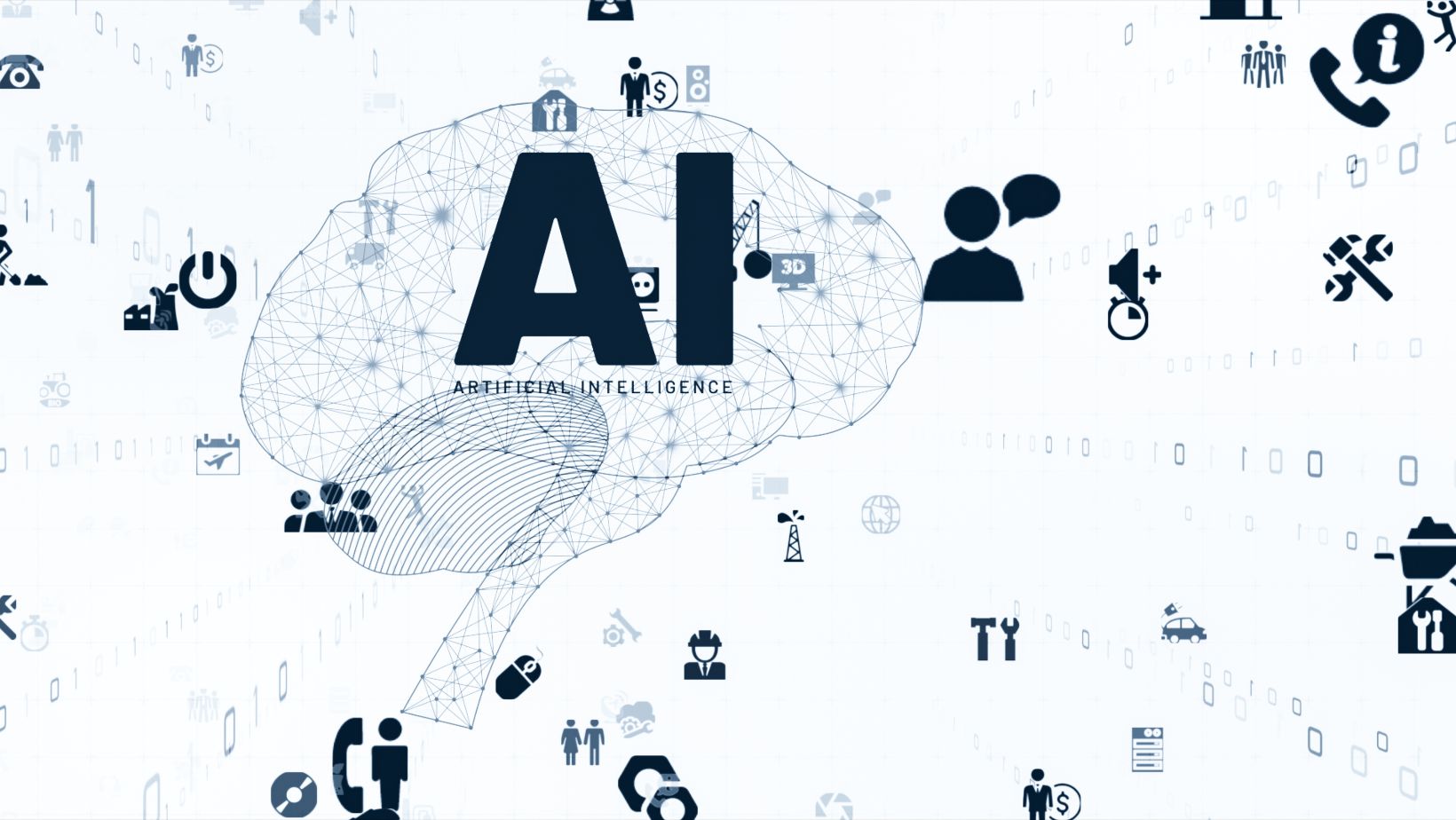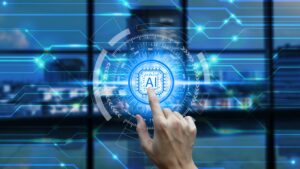
In today’s fast-paced digital landscape, organizations are continually seeking ways to stay ahead of the curve. Central to this quest is the effective management of content through advanced technologies such as artificial intelligence (AI), microservices, and intelligent algorithms. These tools are redefining content optimization by enhancing flexibility, modularity, and data-driven strategies. This article explores how AI and microservices can transform content optimization, providing a system that is both efficient and adaptive.
AI, Optimization, Content, Flexibility, Intelligent, Microservices, System, Modular, Data, Algorithm
Content optimization has come a long way from its early days of keyword stuffing and basic SEO techniques. Modern content strategies are driven by a need for personalized, relevant, and engaging content. AI and machine learning algorithms are at the forefront of this evolution, offering intelligent solutions that can analyze vast amounts of data to enhance content delivery.
The Role of AI in Content Optimization
 AI plays a crucial role in content optimization by leveraging algorithms that can process and interpret data with remarkable precision. AI-powered tools can analyze user behavior, preferences, and engagement metrics to deliver personalized content recommendations. This level of customization ensures that content resonates with the target audience, leading to increased engagement and conversion rates.
AI plays a crucial role in content optimization by leveraging algorithms that can process and interpret data with remarkable precision. AI-powered tools can analyze user behavior, preferences, and engagement metrics to deliver personalized content recommendations. This level of customization ensures that content resonates with the target audience, leading to increased engagement and conversion rates.
Key areas where AI impacts content optimization include:
- Personalization: AI algorithms can tailor content to individual user preferences, making it more relevant and engaging. This personalization is achieved by analyzing user data and predicting what content will be of interest to them.
- Predictive Analytics: AI can forecast trends and user behaviors based on historical data, allowing content creators to proactively address emerging trends and user needs.
- Content Creation: AI-powered tools can assist in generating content, such as writing assistance, content suggestions, and even automated content generation, ensuring that content production is both efficient and high-quality.
Microservices Architecture and Content Management
 Microservices architecture is another transformative technology in the realm of content optimization. Unlike traditional monolithic systems, microservices break down applications into smaller, modular services that can be developed, deployed, and scaled independently. This modular approach offers several advantages for content management:
Microservices architecture is another transformative technology in the realm of content optimization. Unlike traditional monolithic systems, microservices break down applications into smaller, modular services that can be developed, deployed, and scaled independently. This modular approach offers several advantages for content management:
- Flexibility: Microservices enable organizations to adapt quickly to changing requirements and technologies. Each microservice can be updated or replaced without affecting the entire system, allowing for more agile content management.
- Scalability: With microservices, specific components of the content management system (CMS) can be scaled independently based on demand. This ensures that resources are allocated efficiently and that performance remains optimal even under high traffic conditions.
- Resilience: The modular nature of microservices enhances system resilience. If one microservice fails, it does not necessarily impact the entire system, reducing the risk of downtime and improving overall reliability.
Intelligent Systems and Modular Content Management
 Combining AI with microservices creates a powerful, intelligent content management system. Here’s how this integration enhances content optimization:
Combining AI with microservices creates a powerful, intelligent content management system. Here’s how this integration enhances content optimization:
- Modular Design: A modular CMS built on microservices can incorporate various AI-driven functionalities, such as content recommendations, automated tagging, and dynamic content delivery. Each module can be independently optimized, ensuring that the system remains adaptable and efficient.
- Data-Driven Insights: Intelligent systems leverage data to provide actionable insights. By integrating AI with microservices, organizations can harness real-time data to refine content strategies, improve user engagement, and drive better business outcomes.
- Algorithmic Enhancement: AI algorithms can continuously learn and adapt based on data inputs. This means that the content optimization system becomes smarter over time, with algorithms evolving to meet changing user preferences and market conditions.
Case Studies: AI and Microservices in Action
Several organizations have successfully implemented AI and microservices to enhance their content optimization strategies. For instance, major e-commerce platforms use AI-driven recommendation engines to suggest products based on user behavior. These platforms often rely on microservices to handle different aspects of content management, such as product catalogs, user profiles, and transaction processing.
Similarly, media companies leverage AI to analyze viewer preferences and tailor content recommendations. Microservices enable these organizations to manage content distribution, user interactions, and analytics independently, ensuring a seamless and responsive user experience.
